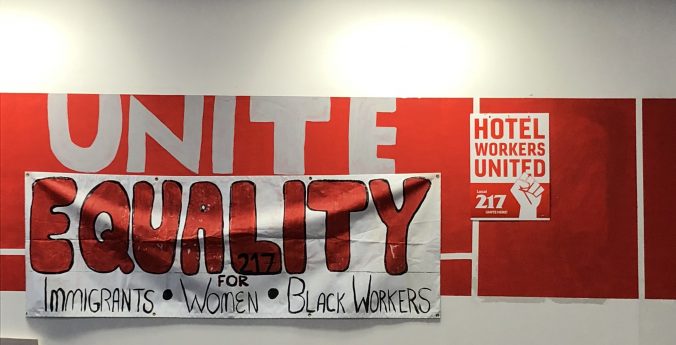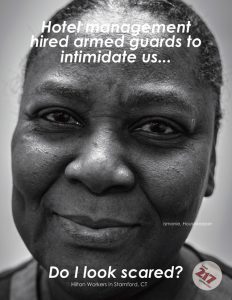According to the American Alliance of Museums’ Characteristics of Excellence, a museum should, “guided by its mission, provide public access to its collections while ensuring their preservation.” Although museums protect over a billion objects, did you know that on average, less than five percent of a museum’s collection is on view for the public to enjoy? To make up for this, many museums have turned to the “visible storage” display strategy, in which collections not on exhibit are stored in open cases for the public to still see and enjoy. While certainly effective, albeit overwhelming (and sometimes confusing, with little-to-no interpretive wall texts), more museums are instead embracing the digital age and implementing a completely accessible collection online.
For instance, last week, the Cleveland Museum of Art (CMA) announced its “Open Access” system, providing the public with free access to thousands of images from the Museum’s collection to learn from and even download to use for commercial purposes. With a simple click to the Museum’s collection page, users can now select an artwork, zoom in, and observe close details that are difficult to notice when the same object is placed behind a glass vitrine or on the wall in a gallery space. Moreover, it is now permissible to even download a high quality JPEG of the image, to use in any capacity one can imagine.
According to the Cleveland Museum’s website:
“Open Access means the public now has the ability to share, collaborate, remix, and reuse images of many as 30,000 public- domain artworks from the CMA’s world-renowned collection of art for commercial and non-commercial purposes. In addition, portions of collections information (metadata) for more than 61,000 artworks, both in the public domain and those works with copyright or other restrictions, works are now available.”
The Cleveland Museum joins a growing list of institutions that have prioritized an accessible online database – open to students, scholars, and the general public to use without any restrictions. Other museums include the Metropolitan Museum of Art, the Museum of Fine Arts, Boston, the Art Institute of Chicago, the National Gallery of Art, LACMA, the Getty, and the Rijksmuseum in Amsterdam.
In a recent study by Ian Gill, a graduate of San Francisco State University’s M.A. Museum Studies Program, it was found that museums with Open Access “benefit the public, promote scholarship, and align with the museum’s mission;” however, it is an expensive system to initiate without help from outstanding grants or other sources of funding. As an art historian who can easily spend hours searching through Google Images’ archives in search of a high quality photo of a specific artwork, I am excited to learn that the Cleveland Museum of Art has shared its diverse collection online, providing me with a new go-to source for finding JPEG images that are free under Creative Commons Zero.
What are your thoughts on Open Access?

